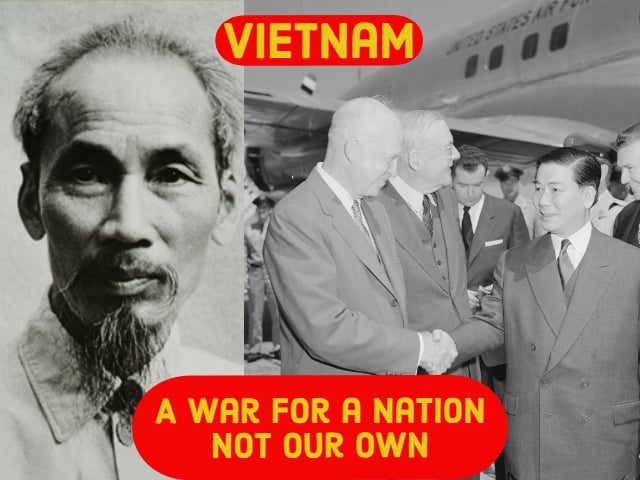I am currently teaching a class titled, “America and the Contemporary World,” a high school history class primarily for 11th graders. This lesson will fit into the context of the Cold War unit, where students should have a firm grasp on the conflict with the USSR and the United States’ foreign policy during the time. Through the lens of the events leading to the Vietnam War, this lesson will center on the essential question:
What is the purpose of government?
More specifically, this lesson will examine multiple forms of government and the role that the United States should play in foreign affairs. Our class will begin with an inquiry into visual propaganda produced by the United States during the time period. I will follow this “primer” with a short lecture on the division of North and South Vietnam and the leaders of each country: Ho Chi Minh and Ngo Dinh Diem. The lecture will focus on why the nations divided, Ho Chi Minh’s communist ideology in North Vietnam, and the U.S.-backed leader, Ngo Dinh Diem, in South Vietnam.
Process:
1. Split class into two teams – assign each team a half of the chosen propaganda image. After they analyze the image, lead a short discussion about what they saw to set the context for the lesson.
2. Introduce historical context for the lesson.
3. Offer brief introduction of Ho Chi Minh and Ngo Dinh Diem
4. Have students read provided articles and complete exit ticket. Use exit ticket as a guide for class discussion. Finish class with pointed essential question.
Resources:
Articles Provided by U.C. Davis History Blueprint Program
Featured Image: Left – Ho Chi Minh – Wikimedia Commons // Right – Ngo Dinh Diem – Archives.gov


